A template for students to use when planning a narrative text.
Use this teaching resource to help your students plan their narrative writing.
The template adheres to the following narrative structure:
- title
- orientation
- complication
- series of events
- resolution.


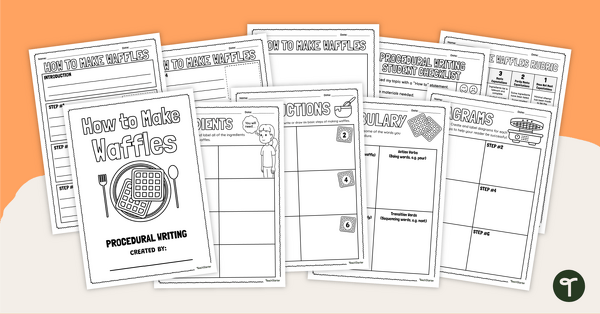
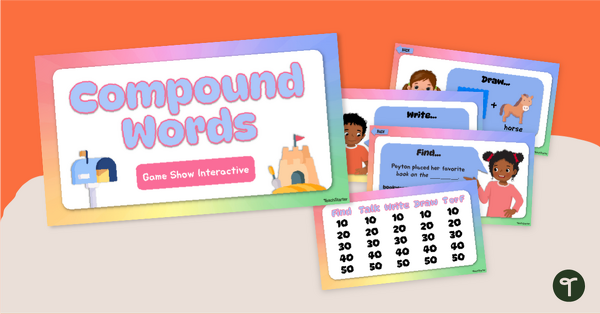
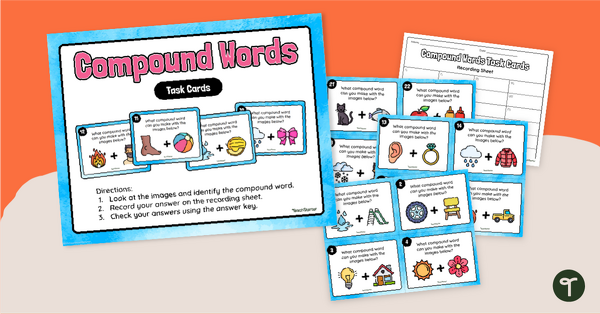
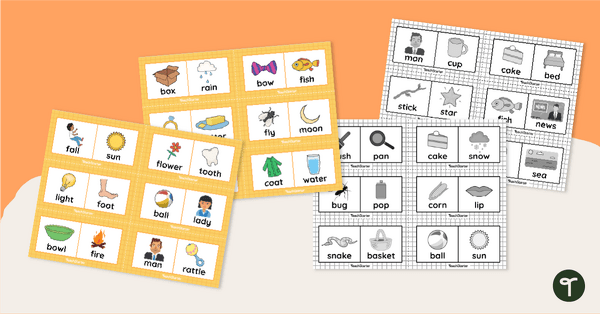


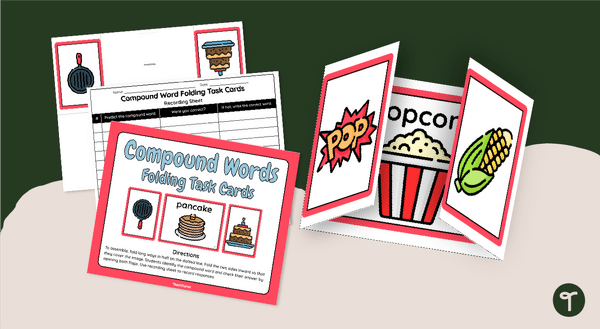
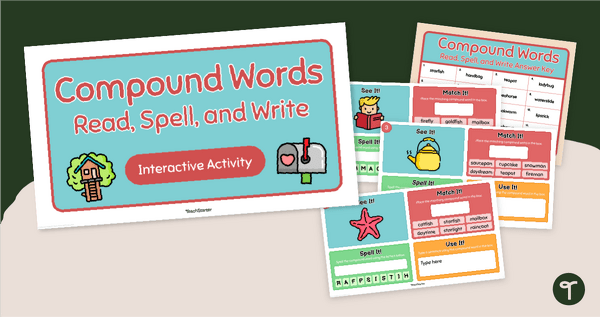

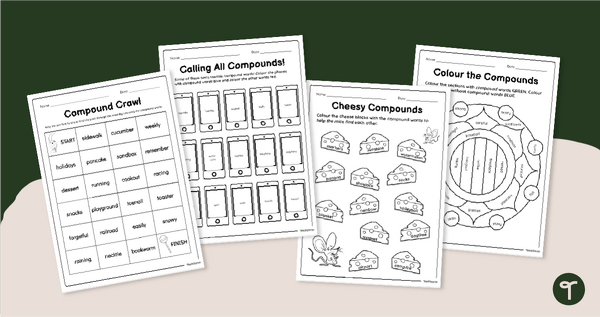
0 Comments
Write a review to help other teachers and parents like yourself. If you'd like to request a change to this resource, or report an error, select the corresponding tab above.